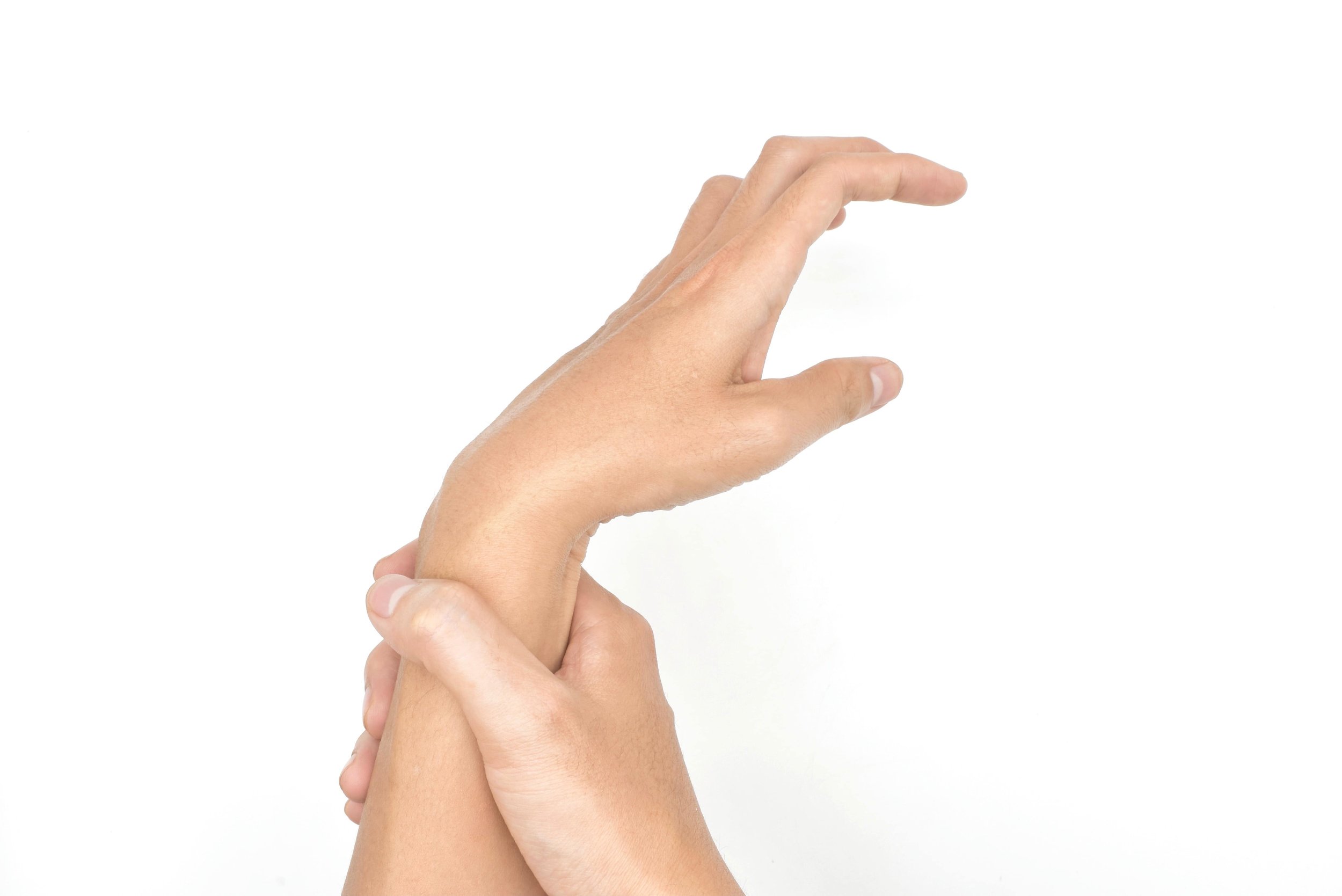How To Prevent Contractures In a Bed-Ridden Patient
A contracture is a state of fixed tightening and rigidness of muscles and other soft tissues, such as ligaments and tendons, due to physical inactivity for extended periods. For this reason, It is essential to know how to prevent contractures in a bed ridden patient.
It is common in nursing home residents, burns patients, and adults suffering from neuromuscular disorders who are immobile and cannot move their joints, resulting in stiffness of the joints. The overall prevalence of the condition in old adults ranges between 15% and 70%.
Read on to learn more about how to prevent contractures in a bedridden patient and what measures you can take to prevent them!
Signs of Contractures
Contractures are characterized by spasticity of the muscles due to the shortening and breakdown of the fibers, often causing pain and discomfort upon movement. Some patients can notice inflammation in the affected areas.
The range of motion reduces significantly, leading to restrictions in the movement. Your hands and toes usually curl inwards due to the shortening and hardening of the muscles.
Causes of Contractures
The underlying cause of contractures is the shortening and destruction of the elastic muscle tissues. Muscle contractions are often present in bedridden patients, which can, unfortunately, at times be attributed to nursing neglect.
Below are the most common causes of contractures:
Burns
Contractures associated with burns are known as burn scar contractures. This type of contracture gradually develops after some time as the skin around the burn scar thickens and tightens, restricting movement.
Neuromuscular Disorders
Several nerve and muscle diseases can lead to contractures. Central nervous system disorders such as multiple sclerosis (MS) and Parkinson's disease contribute to contractures, and studies show that contractures are highly prevalent in MS patients.
Cerebral palsy causes muscle rigidity and tightness, while muscle dystrophy patients face muscle wasting and are prone to developing contractures.
Congenital conditions can lead to multiple joint contractures, i.e., arthrogryposis. Plantar flexion (foot drop contracture) is a major condition affecting patients with neuromuscular disorders.
Nursing Neglect
Bedridden patients in nursing homes have greater chances of developing muscle and bone contractures. Some issues regarding nursing home neglect include:
Static Position
Research reveals that prolonged static positioning of the limbs can lead to the development of contractures. Most bedridden patients cannot move independently, and staying in the same position makes the muscles weak and prone to degeneration. Sitting in the same pose can lead to tip-toe contractures in the foot.
Decreased Movement of Joints
As in neuromuscular disease, reduced movement of the joints also increases your chances of muscle contractions. That, paired with static positioning, shortens the length of muscle fibers.
Muscular Imbalance
Laying in bed without changing postures reduces the range of motion. The persistent abrupt posture changes the balance of the muscles. The asymmetry in the agonist and antagonist muscles increases your chances of acquiring contractures.
Preventing Contractures In Bedridden Patients
Contractures are painful, and treating them to restore the patient's movement is painful for them. Accordingly, prevention is always better than cure.
But how can you prevent contractures in a bedridden patient? Certain interventions by nurses can effectively save bedridden patients from developing the condition.
Exercise
To preserve muscle strength and joint mobility, caregivers should make bedridden patients stand or walk for a few minutes daily. Healthcare providers can also aid patients in carrying out passive range-of-motion exercises using mechanical devices to keep joints flexible and enhance balance and strength.
Stretching
Studies reveal that passive stretching with proper technique is vital to prevent contractures. It must be part of the everyday routine twice a day. Each stretch must be done gently to avoid discomfort and held for 15 seconds.
Nurses can also administer stretches while bathing them and changing their clothes.
Splinting Devices
Braces and splints in prone patients can help prevent debilitating contractures. Ankle-foot orthotics can keep the foot in a neutral position, while wrist splints prevent the development of contractures in the hand, fingers, and toes.
Similarly, you can keep knee or elbow contractures at bay by wearing knee and elbow braces.
Studies show that wearing splints overnight is the most effective, and splinting must be used in combination with passive stretching and exercising for the best results.
Positioning
Proper joint positioning while sitting or lying is essential to prevent contractures by keeping joints in proper alignment.
Physiotherapy
The simplest answer to prevent contractures in bedridden patients is physiotherapy. A recent study shows that physical therapy evidently reduces spasticity in muscle contracture patients.
The reduction in muscle spasticity is linked to the alleviation of symptoms and improvement in mobility. Most nursing homes have physiotherapists providing services for bedridden patients.
In Need of An Elder Abuse Lawyer?
Contractures are characterized by rigidity and fixing of limbs due to limited movement. The condition is prevalent in burns and neuromuscular disease patients. Nursing neglect can also lead to increased chances of contractures in bedridden patients. Persistently staying in the same position with a limited range of joint mobility tends to shorten the muscle fibers.
If you have a loved one that resides in a nursing home, it is important that the staff knows how to prevent contractures in a bedridden patient. Proper nursing interventions like regular exercise and physical therapy are key to preventing contractures by maintaining joint flexibility and preventing stiffness.
Elder abuse is an unfortunate reality in our society. If you or a loved one have experienced elder abuse in the form of neglect leading to contractures, it is important to seek legal assistance. The team at Peck Law Corporation has the experience and knowledge necessary to navigate the complex legal system and help you seek justice.
Contact our team today to learn more about how we can assist you.








